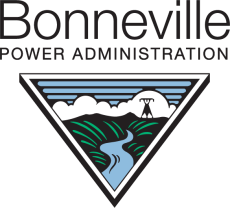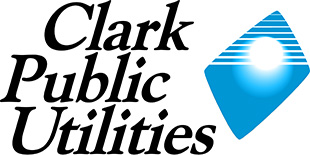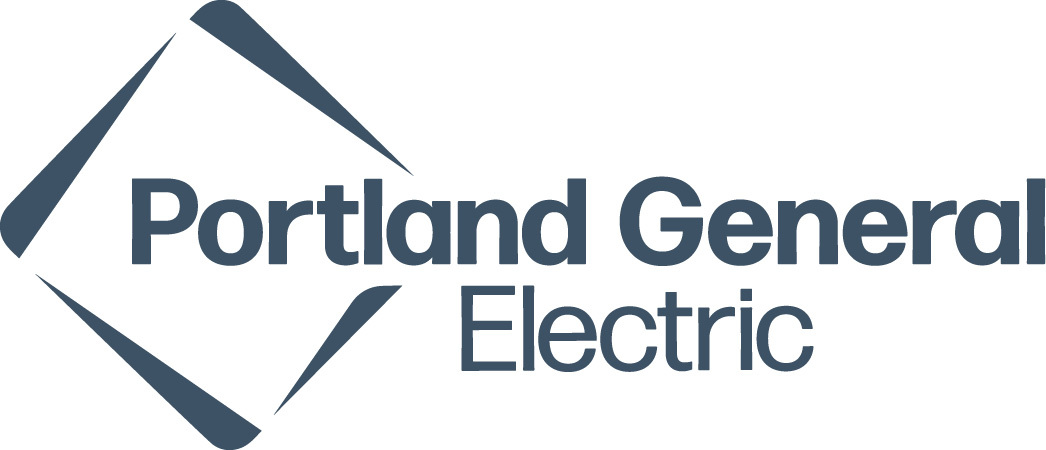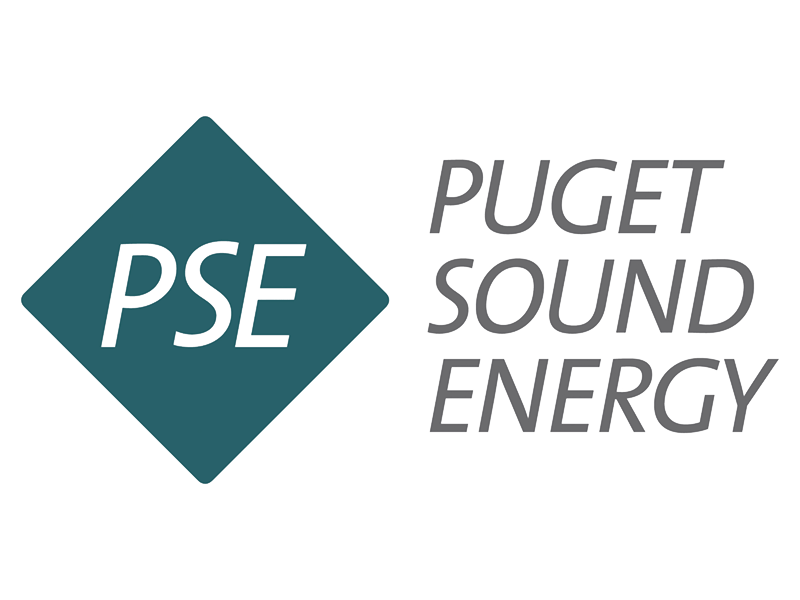-


Susan E. Stratton
Executive Director

John Fransisco
NEEA Board Chair
To Our Funders and Stakeholders
In 2016, the alliance continued to mobilize the Northwest to become increasingly energy efficient. Working together, we conducted lab and field testing of over a dozen promising new electric and natural gas technologies, launched four new programs out of our emerging technology pipeline, and drove progress and results in key programs:
- All major manufacturers now offer highly-efficient heat pump water heaters and the number of qualified products increased from 1 to 65 in 2016
- Regional ductless heat pump sales increased 22% over 2015 with almost 35,000 units sold
- Market share of low watt fluorescent lamps reached 27% – up from 17% in 2015 – with more than 200 electrical and lighting distributor branches now participating in the program
Our portfolio of programs delivered more than 41 aMW of energy savings to the region in 2016 - enough electricity to power more than 30,000 Northwest homes annually.
As we think about the next 20 years of regional energy efficiency, we’d like to thank you - our funders and stakeholders. Your leadership, collaboration and commitment to delivering energy-efficient options to Northwest customers is making energy efficiency a cornerstone of a vibrant, sustainable Northwest. And, we look forward to working with you as we plan for our next five-year business cycle, beginning in 2020, and beyond.
- Filling the Region's Energy Efficiency Pipeline
- Collaborating with Manufacturers
- Using Data to Drive Results
- Delivering Tools and resources
-
Filling the Pipeline
For Northwest utilities and efficiency organizations, shepherding new products into the market isn’t about simply embracing the next new thing — it’s about making sure the next new thing performs well, saves energy and is right for Northwest consumers. In 2016, NEEA identified and investigated dozens of emerging technologies with enough combined energy savings potential to power more than 1.2 million Northwest homes. From this emerging technology pipeline, the alliance launched four new programs: Commercial Window Attachments, Commercial Code Enhancement, Manufactured Homes and Efficient Gas Dryers. Click on the links below to learn more.
Seizing a Market Opportunity
To increase the market for heat pump water heaters, NEEA works closely with major manufacturers to influence and support their product development and market strategies. When GE announced in 2016 that it would be ending production of its GeoSpring heat pump water heater line, the alliance recognized an opportunity to positively shape and stabilize the product’s future. NEEA staff brought together Northwest utilities and efficiency organizations, the Department of Energy and several large stakeholders from beyond the Northwest to present the business case for heat pump water heaters to Bradford White. Not long after, Bradford White made the decision to acquire the assets of GE Appliances’ heat pump water heater operation.

Creating Demand for Heat Pump Water Heaters
Bradford White’s decision to start manufacturing heat pump water heaters didn’t take place in a vacuum. It was influenced by the experience and the trust that the alliance has built over its 20 years of bringing efficient products to the market. “Northwest utilities and NEEA have done a great job helping to create demand for the heat pump water heater category. Now some of our key distributors are saying ‘I need this product.’ NEEA has established itself as a leader in creating sustainable markets for heat pump water heaters, and that was pivotal in our decision to make the investments necessary to continue to build this product in the U.S.,” said Bruce Carnevale, Bradford White COO.
It’s the financial and market support of over 80 regional utilities promoting heat pump water heaters that has made the Northwest a powerful voice in the global conversation. Manufacturers appreciate the alliance’s strong network of relationships spanning the entire supply chain, including funders’ relationships with their customers. “Thanks in part to NEEA we’re realizing that utilities have a vested interest in our products and capabilities that can drive future product development,” said Arthur Smith, A. O. Smith Product Manager.
Supporting the Supply Chain
The alliance commitment to manufacturers includes continued support to help ensure efficient products are successful once they’re in the market. In 2016, this included providing Rheem, A. O. Smith and Bradford White with technical support to ensure their heat pump water heaters met the Advanced Water Heater Specification, and supporting Rheem and A.O. Smith with marketing materials and promotional strategies. Thanks to this comprehensive approach, the alliance is realizing its vision of an empowered supply chain and a growing heat pump water heater market in the Northwest.
Keeping the Region Up-To-Data
In an increasingly complex world of changing technology and quickly shifting sales trends, accurate and timely data provides important context for designing and managing energy efficiency programs. In 2016, the alliance worked closely with retailers and distributors to gather monthly store-level sales and stocking data. For the first time, regional utilities and efficiency organizations have access to near real-time market intelligence to inform and influence some of their own program decision-making.

Powering Decision Making
Through its Reduced Wattage Lamp Replacement program, the alliance collects branch-level sales and stocking data from 16 participating electrical distributors and over 250 Northwest branches. NEEA staff then analyzes and shares anonymized data with funders to help them understand and respond to how their local markets are performing. “Getting access to sales data at the utility-service territory level is incredibly difficult,” says Carrie Cobb, Market Research Lead at Bonneville Power Administration. “The market moves at different speeds across the region, but it’s not cost-effective (or often possible) for individual utilities to collect sales data on their own. Now utilities can compare themselves against the average and make informed decisions.”
In 2016, the alliance began collecting consumer product sales data through its Retail Product Portfolio program. Although the region has only scratched the surface on the value of this data, it has already been put to good use. For example, ENERGY STAR® is re-examining some of its clothes dryer efficiency tiers based on revelations from the data. NEEA staff have also used the data to identify new sources of energy savings. “Through these midstream programs, we’ve expanded the range of data available to us,” says Stephanie Rider, NEEA’s Senior Manager of Market Planning. “As a result, we can measure and report some energy savings that we just couldn’t see before, which improves the cost-effectiveness of funder investments in NEEA and resources available to the region.”
The reason that NEEA has been able to collect this valuable (commercial lighting) data is their skill in developing relationships with distributors.

- Carrie Cobb
Market Research Lead, Bonneville Power Administration
Looking to the Future
Leveraging its programs and the relationships it has built with retailers and distributors, the alliance has created a data-gathering platform that will deliver actionable information to the region for years to come. With this expanded insight, and in combination with the already rich stock assessment data that the alliance collects, the region has a powerful way to support regional and local utility planning efforts, track market trends, identify new efficiency opportunities, and optimize incentive levels. The result will be greater energy savings, more cost-effective programs, and better products for Northwest customers.
The Tools of Transformation
Across the Northwest, utilities and energy efficiency organizations are working hard to deliver cost-effective energy efficiency options to their customers, often with limited time and resources. By pooling regional resources and creating economies of scale, the alliance provides cost-effective, strategic market infrastructure support to fulfill common needs throughout the Northwest.
In 2016, the alliance created the following tools and training programs:
NXT Level training provides lighting trade allies with the knowledge to submit more comprehensive lighting retrofit projects, which creates more value for our customers and delivers increased energy savings.

- Shelley Martin
Program Specialist, Idaho Power
Marketing Tools
Using market research and focus groups, the alliance creates marketing tools that utilities, energy efficiency organizations and manufacturers can use to promote efficient products and practices to their customers. In 2016 the alliance developed a series of videos that could be customized by utilities and energy efficiency organizations to familiarize consumers with the benefits of heat pump water heaters. “We love the heat pump water heater video!” said Lindsey Hobbs, Energy Services Coordinator at Inland Power & Light. “As a smaller utility, we couldn’t have created this on our own. We look forward to hearing about new resources from the alliance. It saves us from reinventing the wheel.”
2016 Co-Created Savings by Program
2016 Co-Created Savings by Sector

Progress to 5-Year Business Plan Goals
All Investments
2016 Levelized Cost
Current Portfolio
2.9 cents/kWh
NEEA's levelized cost metric employs a Total Resource Cost perspective over a 20 year horizon providing a net present value view of the total cost per kWh saved. NEEA’s target threshold is to remain below 3.5 cents per kWh.
Working together, the alliance has delivered more than 1,400 aMW of total regional energy savings since 1997 – greater than the annual output of the Bonneville Dam.

2016 Expenses (General Funds)
Balance Sheet
As of December 31. 2016 (in $1,000s)
Assets Cash and cash equivalents $8,040,350 Funder and other receivables $212,647 Prepaid expenses $480,870 Property and equipment $902,164 Total Assets $9,636,031 Liabilities and net assets Accounts payable and other liabilities $4,225,573 Advances from funders $3,866,413 Total liabilities $8,091,986 Net Assets Unrestricted $1,532,804 Temporarily restricted $11,241 Total Net Assets $1,544,045 Total Liabilities and Net Assets $9,636,031 2016 Annual Report Statement of Activities
Year ending December 31. 2016 (in $1,000s)
Revenues General fund contributions $36,961,865 Special fund contributions $488,122 Interest and other income $160,275 Total Revenue $37,610,262 Expenses Compensation and benefits $10,851,525 General administration $3,113,700 Direct project costs $23,928,385 Total Expenses $37,893,610 Change in net assets $(283,348) -
Board of Directors

${ getFullName(member.FirstName, member.LastName) }
${ member.Organization }
${ member.BoardTitle }
${ member.Title }
-
${ member.Organization }
${ getFullName(member.FirstName, member.LastName) }
${ member.BoardTitle }
${ member.Title }
${ member.BoardBiography }
-




















